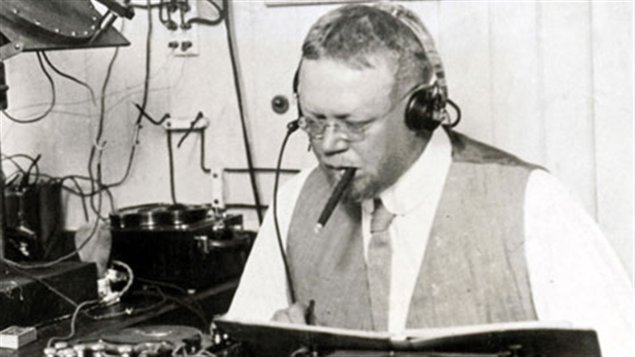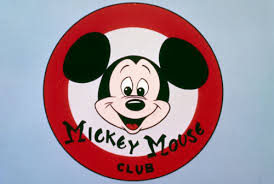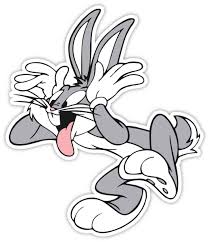Voiceovers are everywhere today — in commercials, animations, podcasts, video games, and even AI assistants. But where did voice acting originate? Many believe it began with Disney’s Steamboat Willie, but the roots of the voiceover industry go even further back. Let’s explore the history of the voiceover industry, tracing it back to the first-ever voice broadcast and celebrating the pioneers who gave life to the voices behind the scenes.
1906: The Birth of Voiceover — Reginald Fessenden’s Radio Revolution
On Christmas Eve, 1906, Canadian inventor Reginald Fessenden became the first person to transmit a voice over radio waves. This historic moment featured him playing the violin and reading a Bible passage to ships out at sea. Though primitive compared to modern standards, this broadcast marked the beginning of the voiceover industry — the first time a voice reached the masses without being physically present.

1928: Walt Disney Introduces Voice Acting to Animation
In 1928, Walt Disney transformed animation forever. After the failure of two silent Mickey Mouse cartoons, Disney added synchronized sound to a third. The result? Steamboat Willie, with Disney himself voicing Mickey Mouse. This was a groundbreaking moment in animation voiceover history, laying the foundation for a booming entertainment industry driven by unique and memorable character voices.

1936: Mel Blanc and the Rise of Character Voiceovers
In 1936, Mel Blanc joined Warner Bros. and began voicing characters for Looney Tunes and Merrie Melodies. Dubbed “The Man of a Thousand Voices,” Blanc brought to life unforgettable characters like:
- Bugs Bunny
- Daffy Duck
- Porky Pig
- Tweety Bird
At a time when voice actors received no public recognition, Blanc changed the game by negotiating on-screen credit for his work — a massive leap in voice actor recognition.

Shifting the Spotlight: Recognition for Voiceover Artists
Before Mel Blanc, voice artists were rarely acknowledged for their work. Blanc’s contract negotiations set a new precedent, making it standard to credit voice actors — leading to industry-wide respect, unions, and even awards.Today, voice actors are celebrated talents with dedicated fan bases, and this shift can be traced directly back to Blanc’s pioneering efforts.
The Voices Behind the Scenes — A Lasting Legacy
Without Fessenden, we wouldn’t have radio talk shows or podcasts. Without Disney, animation might never have evolved into the rich, audio-driven medium it is today. Without Blanc, voice actors might still be left off the credits. These pioneers of the voiceover industry didn’t just speak — they built the foundation of an entire entertainment sector. The history of the voiceover industry is a fascinating blend of technology, talent, and transformation. From crackling radio transmissions to fully immersive animated performances, voiceovers have come a long way and their legacy is only growing stronger.Next time you hear a voice in a game, ad, or cartoon — take a moment to appreciate the voices that started it all.
Interested in learning more? Check out our guide on What does Audio Production Entail at Loquacious Media or explore How to Create a Script That Sounds Amazing.
